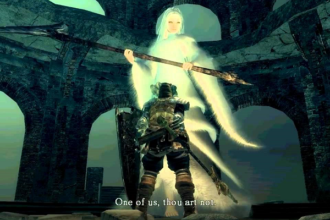Top 9 D&D Video Games of All Time
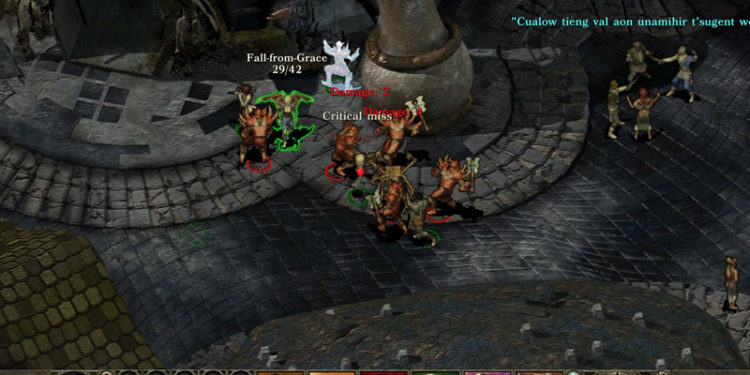
This week, we have a guest post looking at the top D&D video games by avid PC gamer Jacob Roach. Let us know in the comments below if you agree with this list or suggest your own.
Adventures in the world of Dungeons & Dragons have been adapted into video games since 1988, well before any platform was fit to adequately support them. Around 70 titles have been released, not all of which are up to snuff.
There are some, however, that are not only great stories set in D&D lore, but great stories in their own right. If you want to adventure alone, or maybe take a break from your campaign with your group, then check out our picks for the best D&D video games.

#9 – Neverwinter Nights
Developed by Bioware back in 2002, Neverwinter Nights was one of the first D&D games to write their own campaigns and share them with the community. The base game wasn’t the best, with a forgettable story, but the included Aurora toolset that allowed it to shine.
That isn’t to be confused with the 1991 title of the same name. It was the first graphical MMO, but ran a tab of up to $8 per hour of play, a jump up to $14 with inflation.
Content creators, known as builders, are able to create maps with the classic tile system, bringing a large aspect of the tabletop experience into the digital realm. Cuts scenes, quests, mini-games and more could also be written into code and added to the game.
Over 4,000 modules have been crafted by the community which is still very active due to both Neverwinter Nights and its sequel. Builders take the form of the DM, sharing their story with you via the internet instead of across the table.
First party additions were significantly better than the base game as well. Shadows of Undrentide added five prestige classes, sixteen new characters, expanded functionality of the Aurora toolset, and much more.
Neverwinter Nights, on its own, isn’t a good game. However, the abundance of post-release content from the community and Bioware brings the essence of D&D into the digital space in one of the purest forms to date.
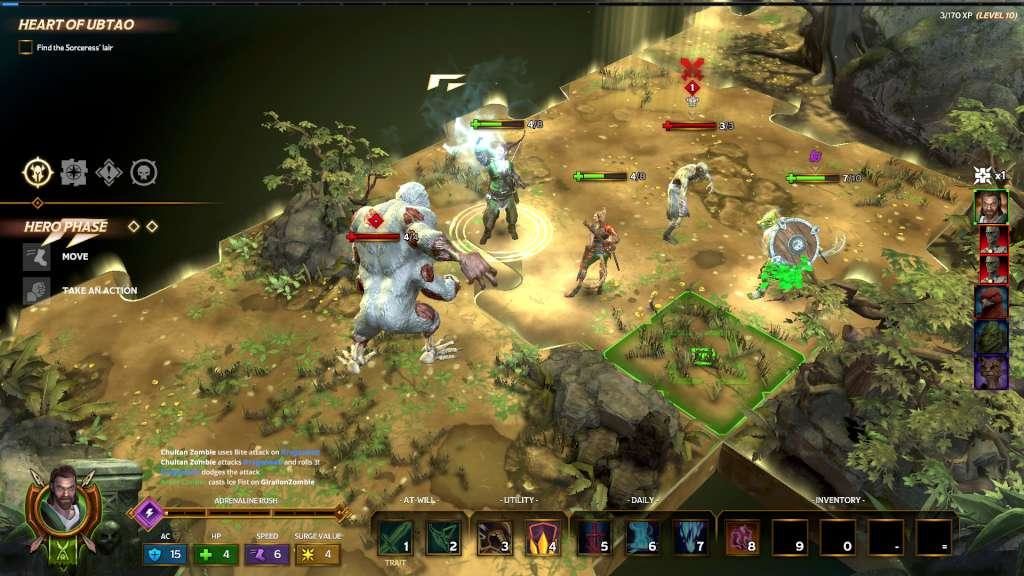
#8 – Tales from Candlekeep: Tomb of Annihilation
Tales from the Candlekeep is the latest video game based on D&D lore, adapted from the D&D Adventure System title, Tomb of Annihilation. It released in October of last year, shortly following its tabletop counterpart.
This isn’t a deep D&D adventure, and Wizards of the Coast didn’t intend it that way. There are only four pre-constructed character to choose from, with 30 bite-sized quests based on the Tomb of Annihilation module.
It lacks depth, yes, but it’s not a bad game. If you’ve played any of the Adventure System games, then you know the purpose of them is a stripped back D&D experience that allows you to enjoy adventuring in small chunks without commitment.
The video game adapts this ideology, bringing a stripped back experience that chalks up to mindless fun when playing. The rules aren’t too deep, relative to other board games, and BKOM, the developer, does a great job translating the board game experience onto a screen.
The game lacks cooperative play which is a huge disappointment considering how essential it is in tabletop play. However, with how cheap the game is, there’s still a lot to love about it, and I’ve found myself dumping more time into it than I thought I would.
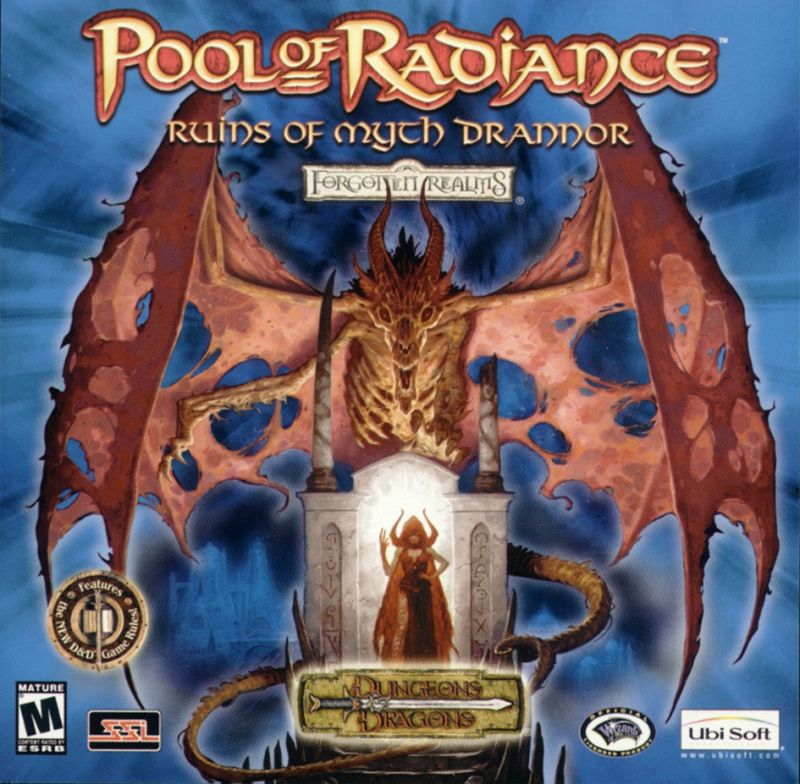
#7 – Pool of Radiance
The first title in the iconic Gold Box series, Pool of Radiance released in 1988, bringing the complex pen&paper system to a screen successfully for the first time. Its shree popularity spawned 30 titles to follow in the Gold Box series, released at a rapid pace.
This was the first time D&D adventurers could see a graphical display of what was happening in the world. It had the ability to create your own character, outfit them with gear and watch how they progressed as a story unfolded around you.
Aspects of the game like combat were included, but the story wasn’t on the disk. Most items were found in the Adventurer’s Journal, prompting you to open it up and read how the story progresses. For example, the game would prompt you to read “Journal Entry 37” and get some story text or a map of the current area.
It was the first game to really bring the complexity of the tabletop experience to a new generation that was much more focused on the rapidly growing tech. It was a landmark for both D&D and PC gaming and, while it isn’t much to look at today, should be commended for how much ground it covered.
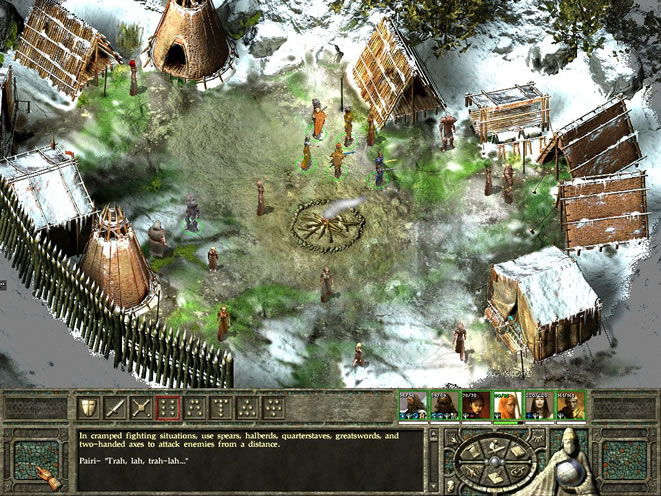
#6 – Icewind Dale
Icewind Dale came after Baldur’s Gate (a title we’ll talk about later) but put more focus on gameplay mechanics and party building. The story was weak on it, but there’s still a pretty good game underneath.
Instead of exploring the world and interacting with characters, Icewind Dale is a straight dungeon-crawler. You go from dungeon to dungeon with little to no advancement of story. Instead, the focus is on grinding your stats and completing your goal.
In some ways, this clashes with the whole idea on an RPG, but Icewind Dale is still enough fun to include on this list. Much like Tomb of Annihilation, it’s best enjoyed in bite-sized chunks, in between campaigns or when your group is taking some down time.
#5 – Tabletop Simulator
This is a strange entry, yes, but still a necessary one. Perhaps the most cost effective way to play D&D while still having a visual reference is Tabletop Simulator. The inexpensive game allows you recreate any tabletop experience, unbound by any mechanics.
Some purists will argue, I’m sure of that. Hear me out, though. Many groups split up as time goes on and Tabletop Simulator (in conjunction with Skype or Hangouts) allow them to continue campaigns for years and years.
It’s not an ideal situation, but it’s the purest form of D&D. You create worlds with your imagination, using the game only as a tool to craft a story. Unless you’re in the business of investing hundreds (or thousands) into set pieces and miniatures, then Tabletop Simulator is a great choice.
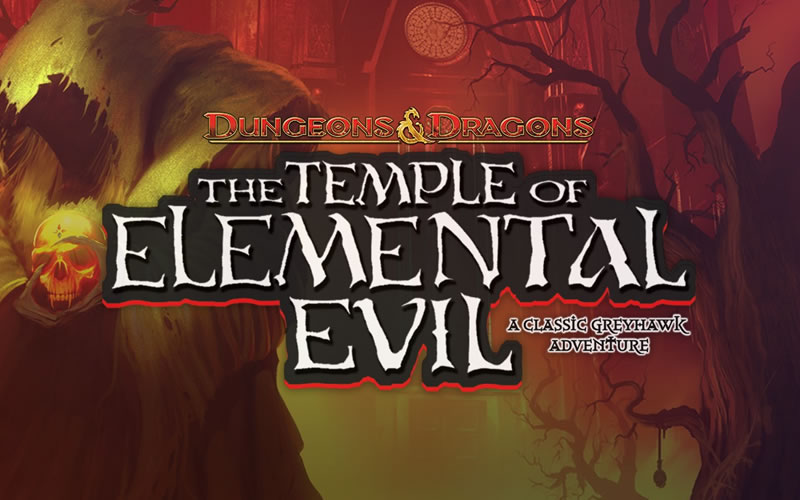
#4 – Temple Of Elemental Evil
Temple of Elemental Evil is riddled with bugs. It’s a bit of a mess, honestly. However, it was the first game to implement 3.5 rules fully, taking the full pen & paper experience and translating it into a video game.
Despite the issues, Temple of Elemental Evil is a ton of fun. The game is dynamic, adding consequences in depending on your behavior. Enemies you defeat may know others and may be tipped off about your party being around, for example.
Additionally, there are two seperate intros and endings depending on how you aligned your party. You could be chaotic and evil and traveling down the path of destroying everything, or be a band of rogue adventurers, unsung heroes out to protect the innocent.
Temple of Elemental Evil is problematic, but so are RPGs. There are roadblocks in crafting a fantastical tale and Temple’s form comes in bugs. If you can get past that, you’ll find a genuinely rewarding D&D experience.
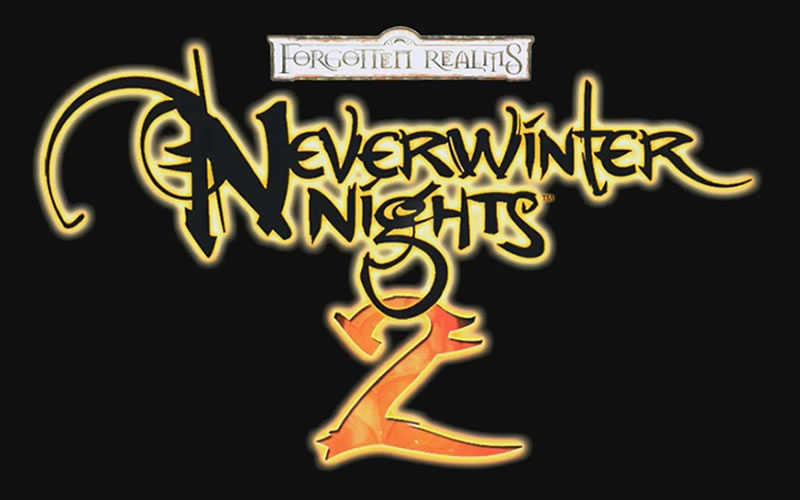
#3 – Neverwinter Nights 2
The game that improved on its predecessor in almost every way imaginable, Neverwinter Nights 2 is game that poses few issues. Developers from Black Isle (the studio behind our next entry) joined Obsidian Entertainment who would go on to make Fallout: New Vegas and Knights of the Old Republic 2.
Neverwinter Nights 2 looked nicer, played nicer, and, thankfully, had a much deeper story. The base game was actually worth the investment, offering up a fulfilling experience that was only improved upon with expansions. Unlike its predecessor, Neverwinter Nights 2 could be enjoyed on its own.
Like the first game, there’s an extensive modding community that backs the game up. Individual modules can be downloaded and explored, each offering a brand new experience, all full with rich lore.
Neverwinter Nights 2 is a stellar game and should be among the first considered if you’re looking for a D&D video game. Its improvements make it a great game over the first title, but it had enough to stand on its own.
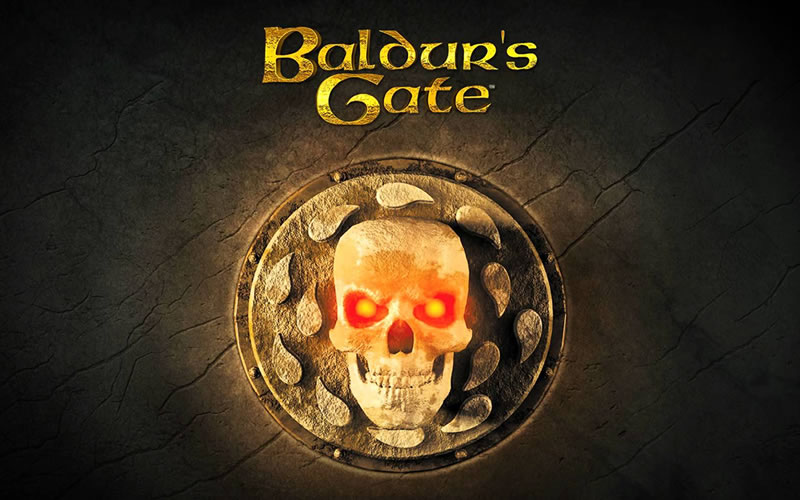
#2 – Baldur’s Gate
Ah, the obvious and famous D&D video game, Baldur’s Gate revolutionized what could be created with an RPG on PC. It was developed by a group of doctors trying their hand at game development, and it may be one of the best implementations of the rules yet.
The game combined all aspects of previous titles on this list, with a fantastic gameplay engine and plenty of character development and story. The game is iconic and there are countless reasons why, not the least of which is this.
What really stood out at the time was exploration. You could uncover new parts of the map and forge your own adventure, a vital part of an RPG, digital or otherwise. Crawling every last portion of every last location made for an immersive experience that’s hard to match, even today.
Baldur’s Gate balanced story and combat beautifully, both fully developed, with neither taking center stage. Often a jack of all trades is a master of none, but Baldur’s Gate proves that doesn’t need to be the case.
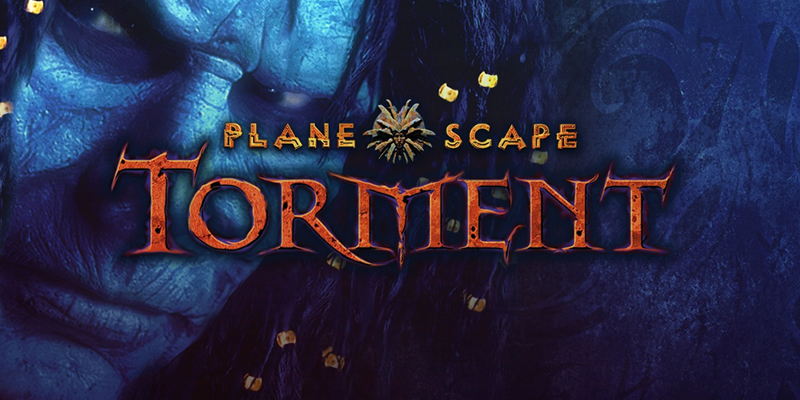
#1 – Planescape Torment
No other game on this list even comes close to Planescape Torment, though. This RPG did everything right, crafting a story that reveals itself granularly as the game progresses, with solid character development and gameplay mechanics.
Torment is so special because it poses questions deeper than the fantasy settings. Often times, both science fiction and fantasy are used as set pieces to exposes deeper philosophical questions, and Planescape proves that video game can do that.
All that, and it was developed in 1999. No matter how many great RPGs are released, none of them come trade blows equally with Planescape. Despite its old age and dated graphics, it still provides an experience that modern audiences click with.
If you’ve played it before, it warrants a second playthrough. The game changes each time you start it up, moving the world dynamically around you as the story progresses.
Another game of this caliber is unlikely to come again, but I’m thankful that it has already been developed. D&D fans and general RPG fans owe it to themselves to play Planescape, if for nothing else than an RPG with great mechanics.
Conclusion
D&D has, undoubtedly, inspired much more than video games. The multiverse still holds an infinite amount of untold stories, only limited to the imagination of passionate patrons of the game.
Even though there are more stories to be told, these prove enough for the time being. For downtime, or just to explore a different side of D&D, each title on this list is sure to satisfy. Not all hit on every element of a great game, or even a great RPG for that matter, but all are fun and exciting experiences that deserve to be had.
What’s your favorite D&D video game? Let me know in the comments and, as always, thanks for reading.
About Our Guest Author
Jacob Roach is a PC gamer and lover based out of St. Louis, MO. Since he was in diapers, Jacob has always reached for a keyboard and mouse for gaming, building computers all throughout his younger years and well into adulthood. Nowadays, he writes for TheGreatSetup.com, a PC build/hardware-oriented site. You can find them on Facebook, Twitter and Pinterest.


